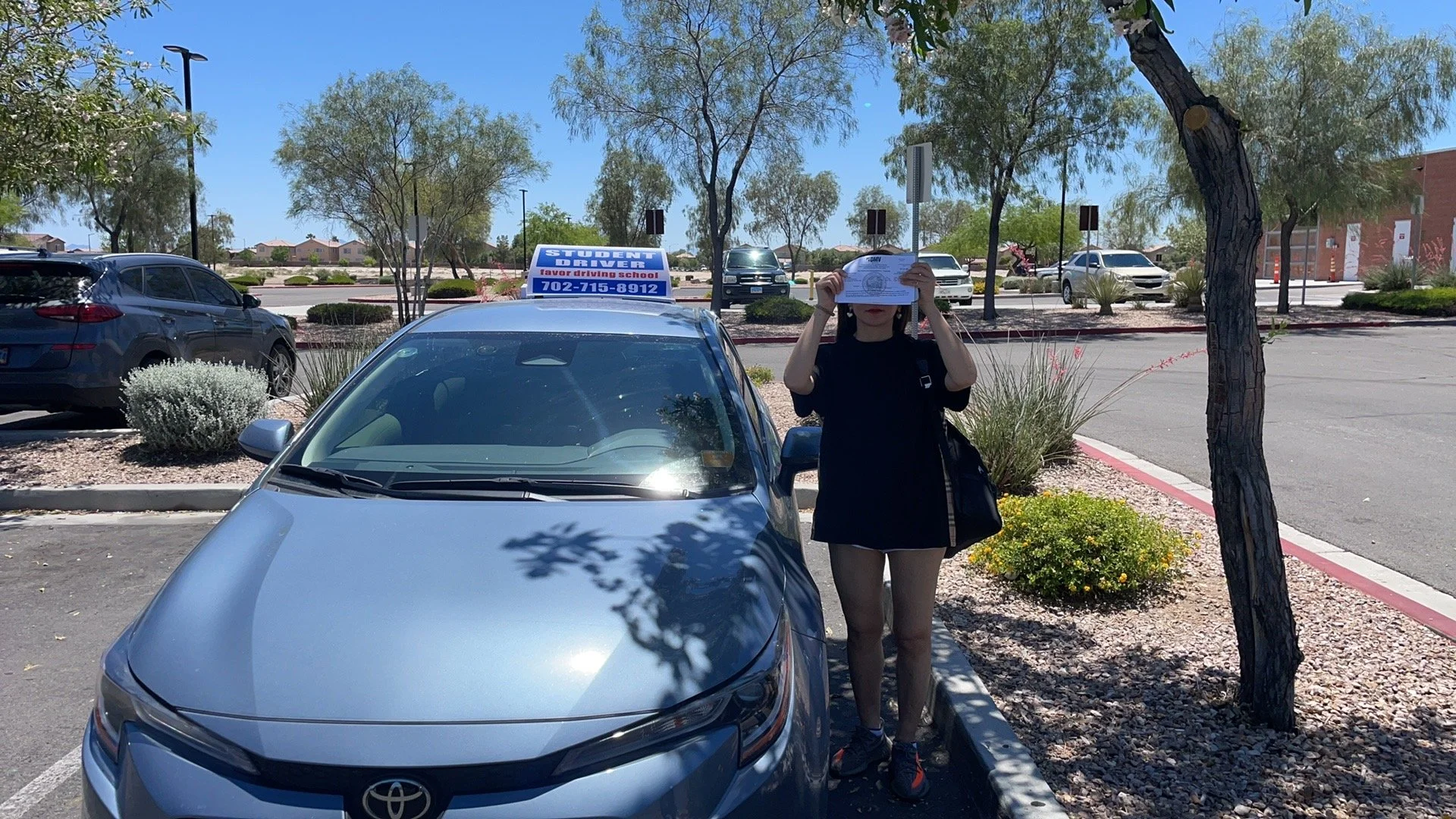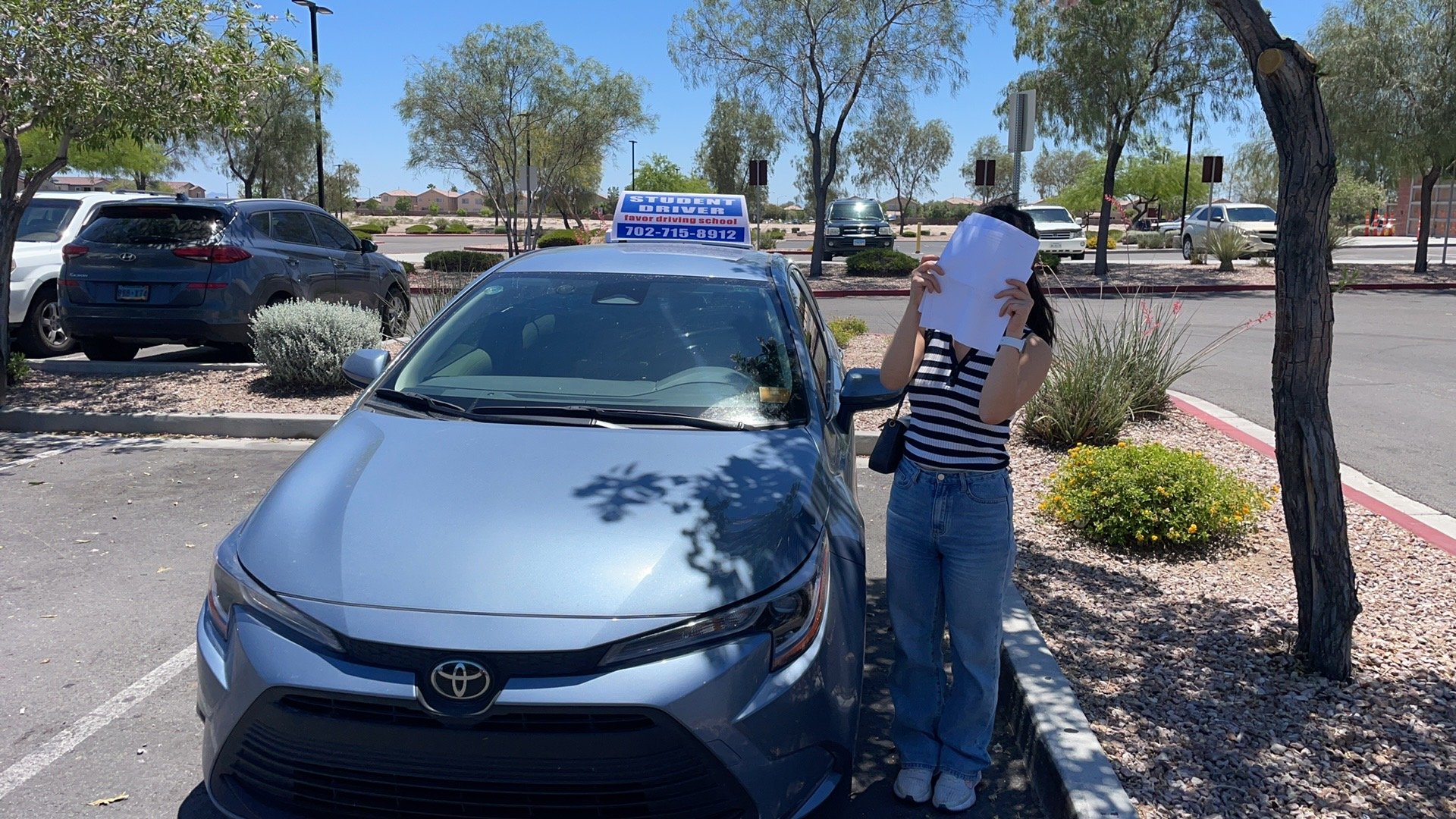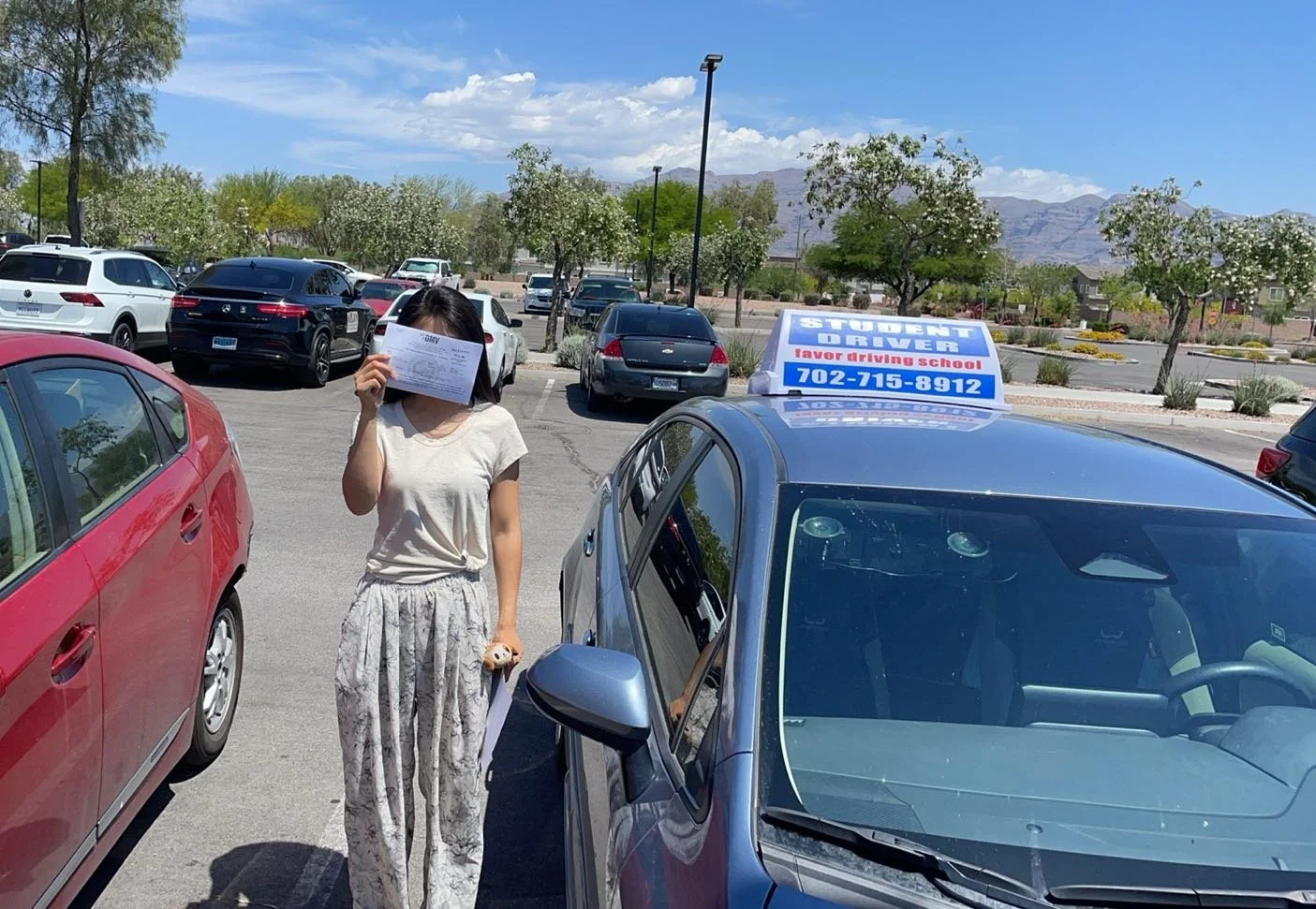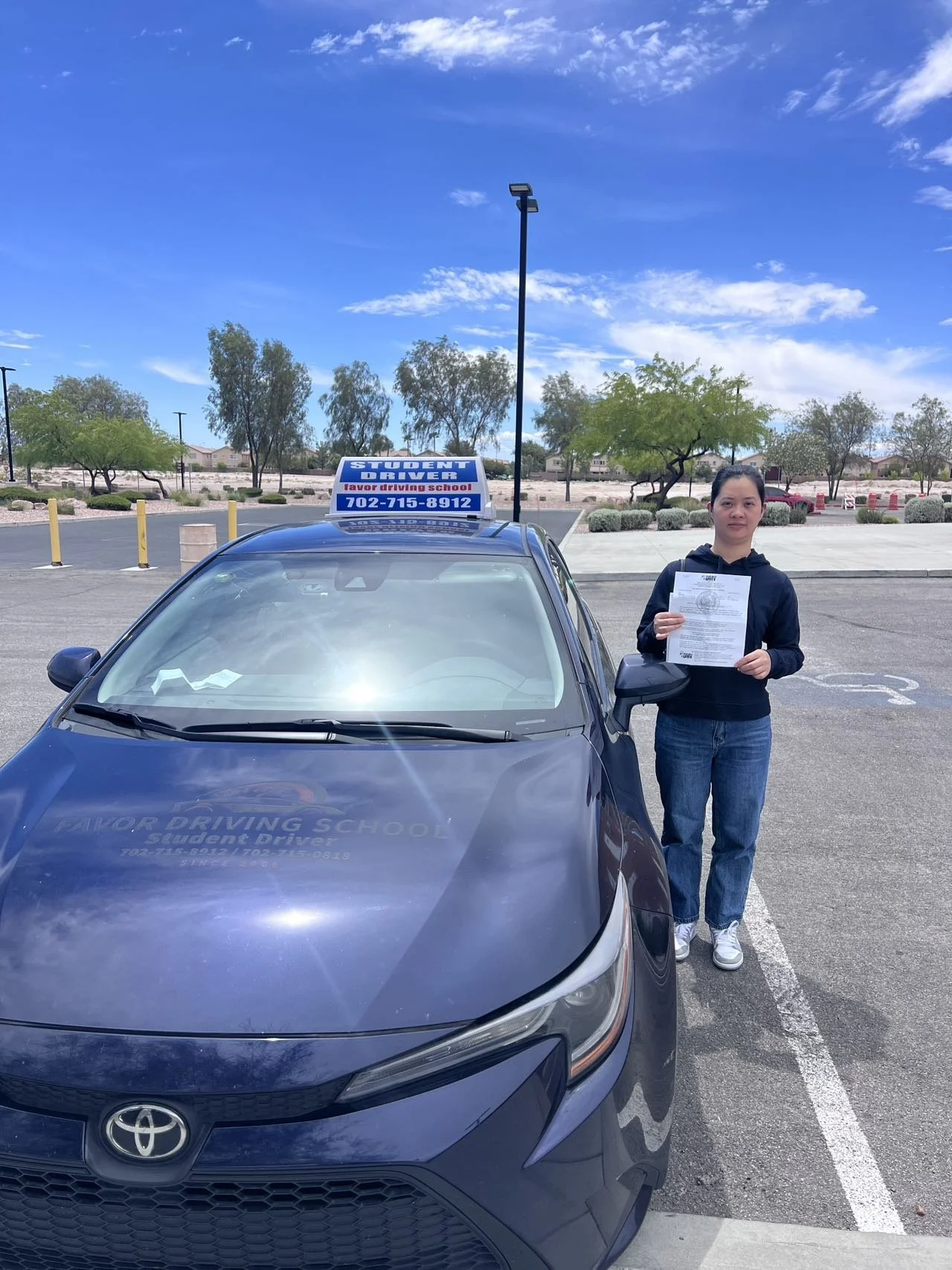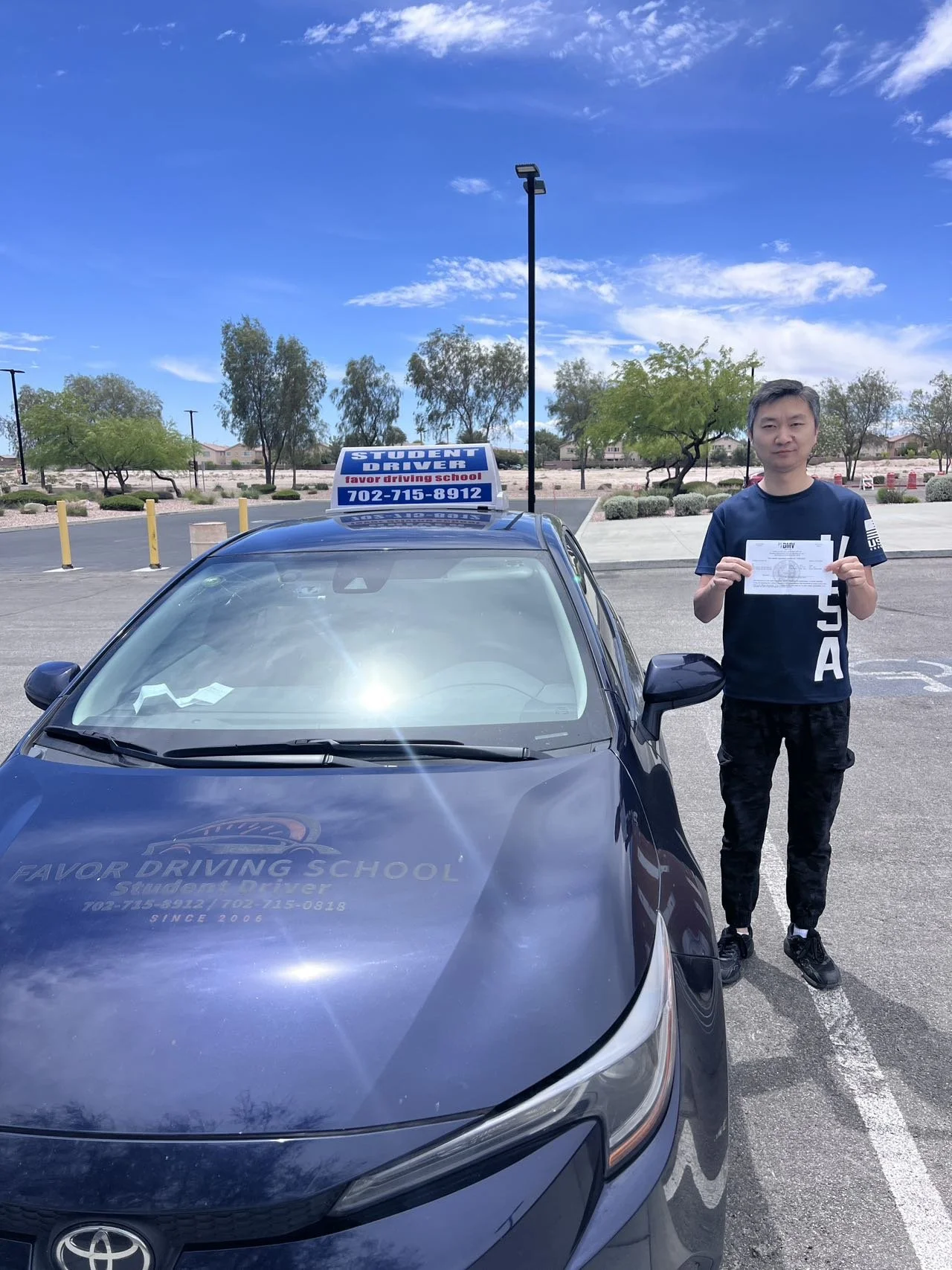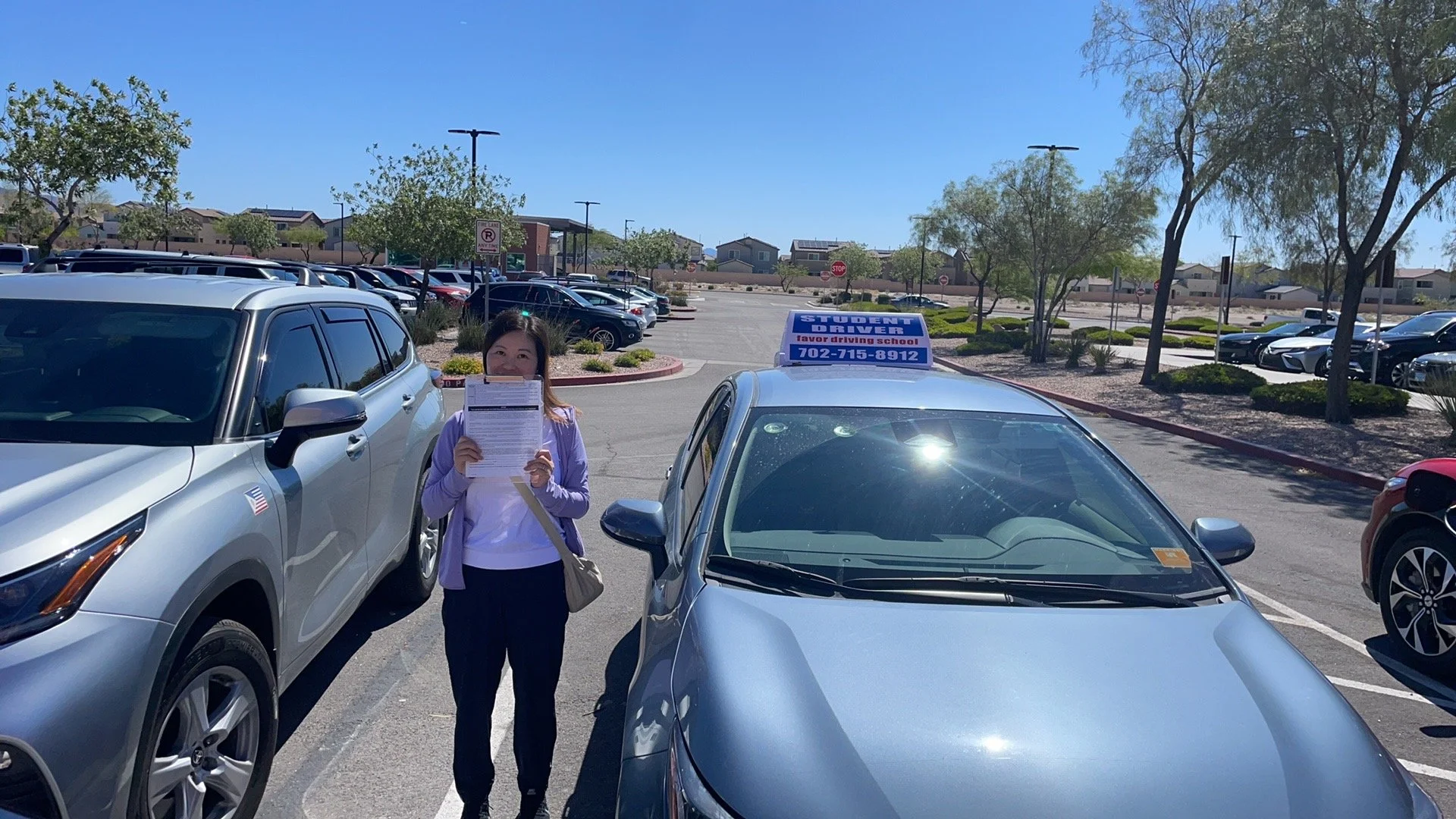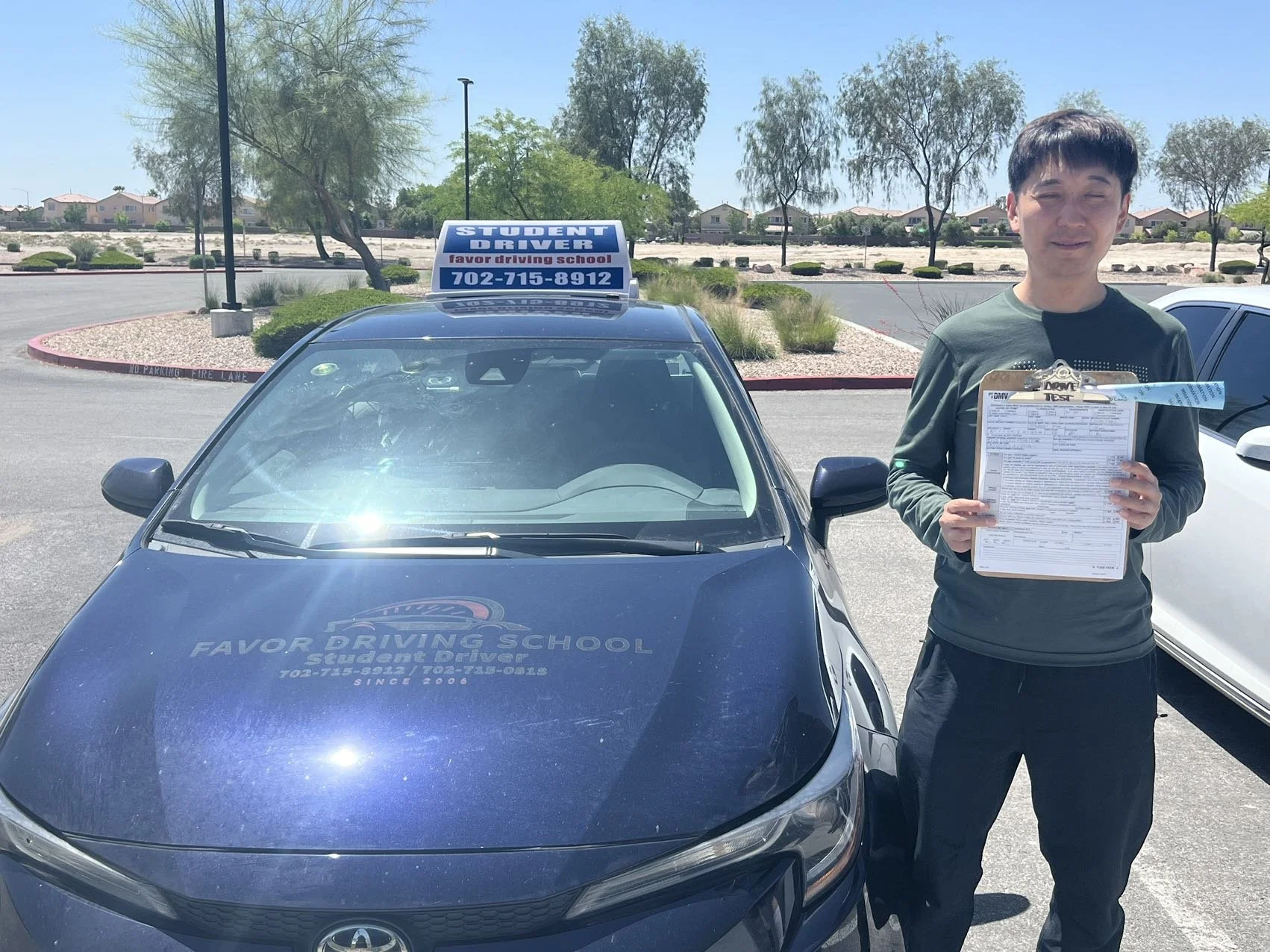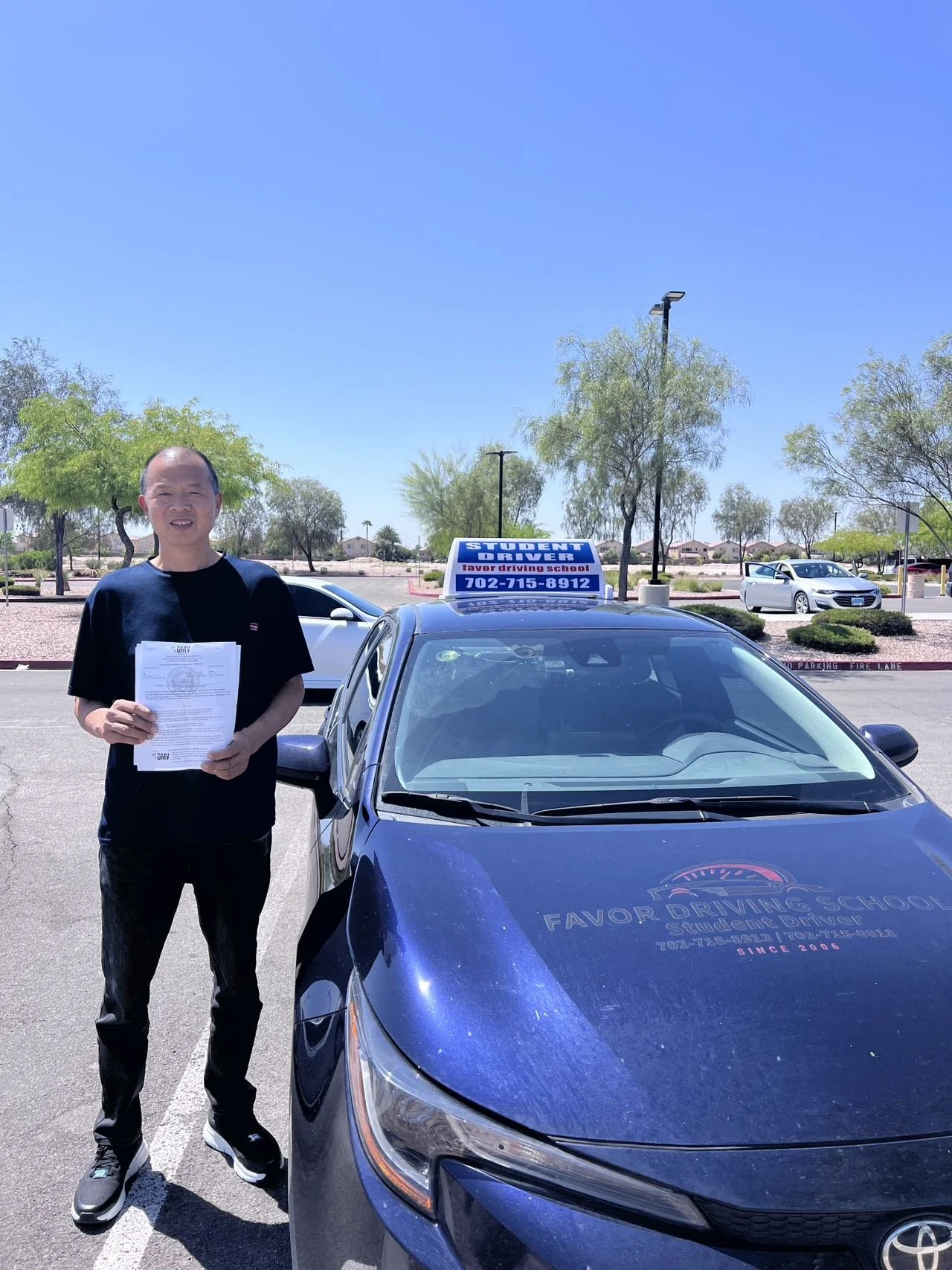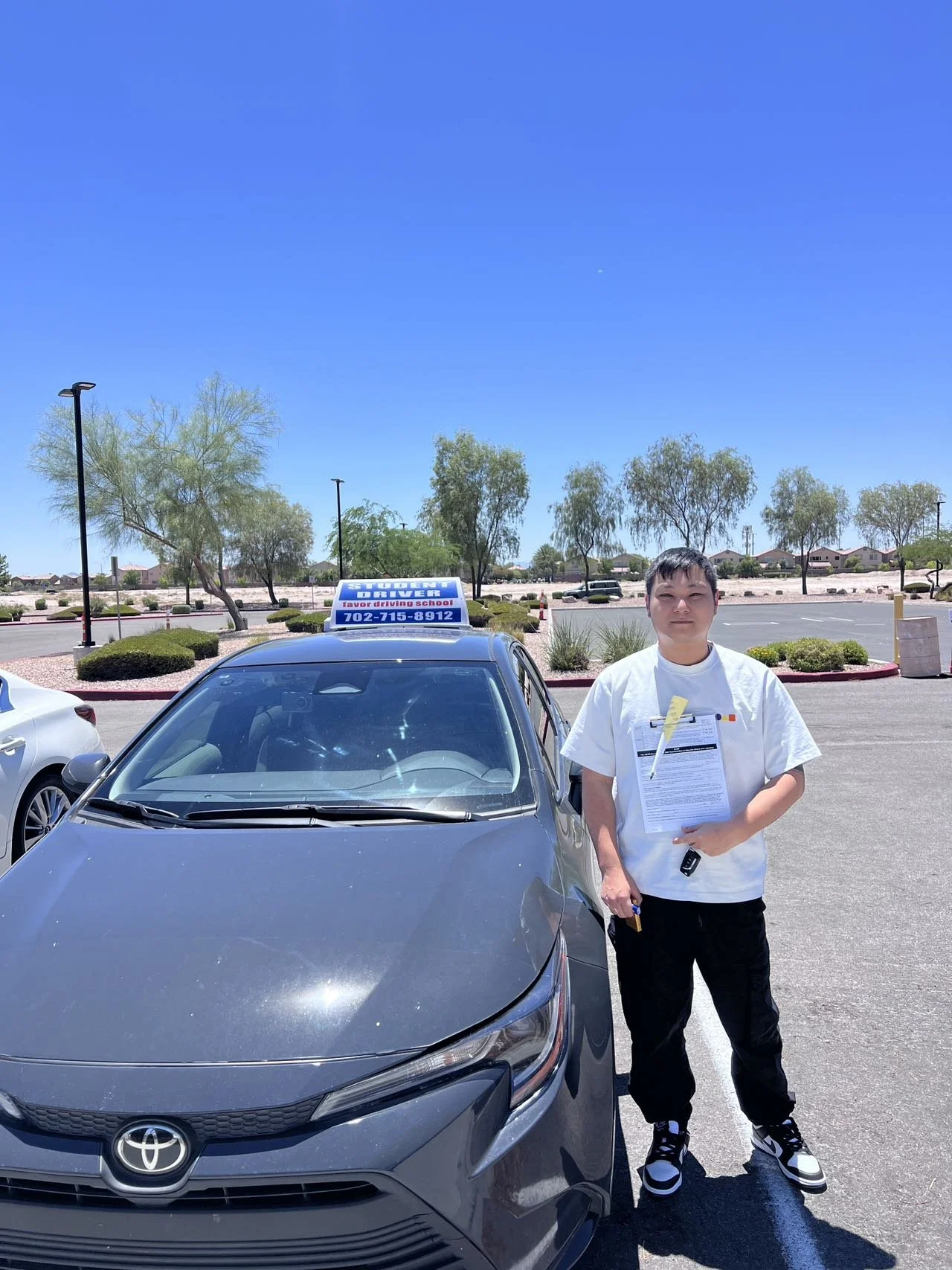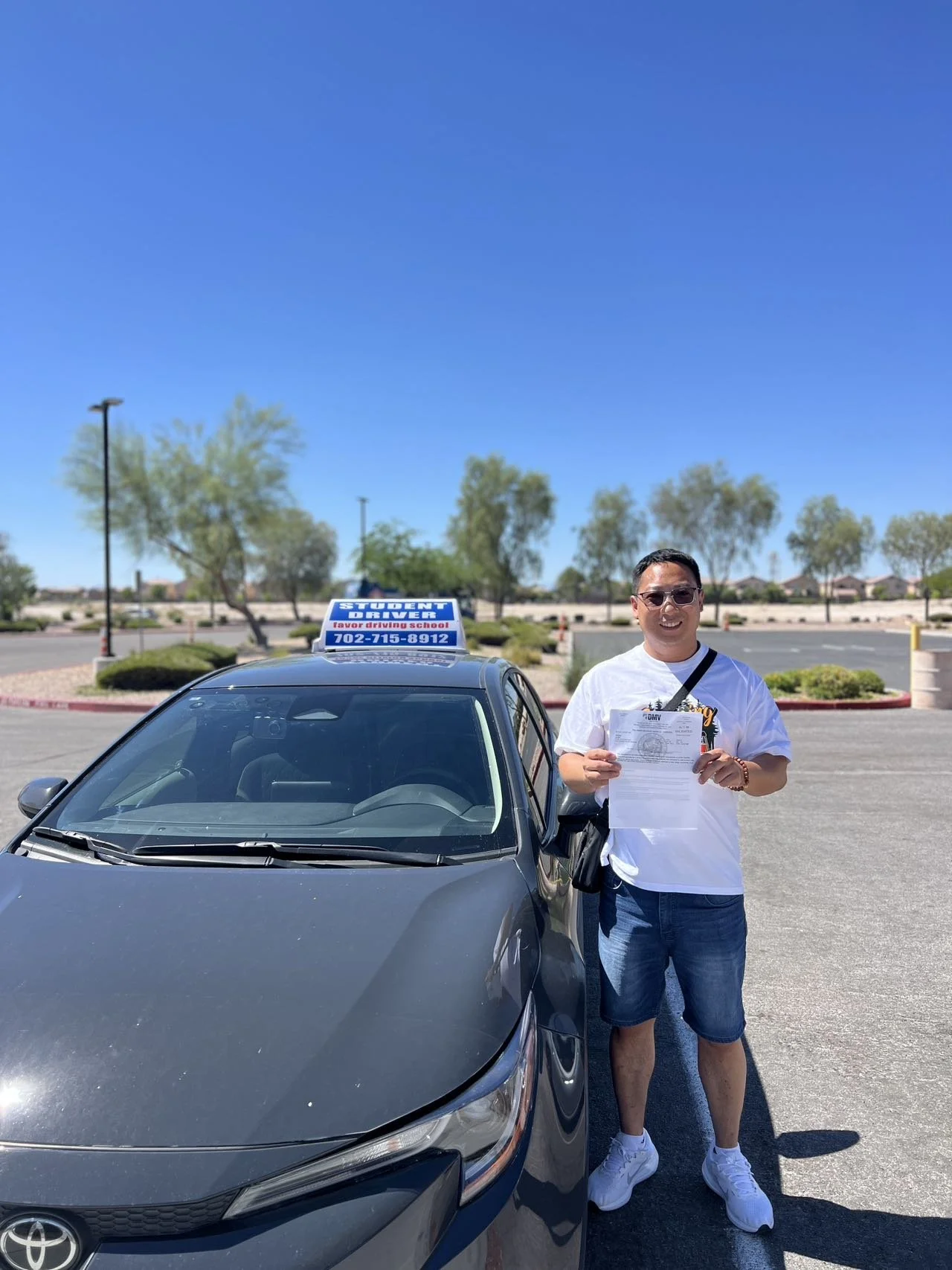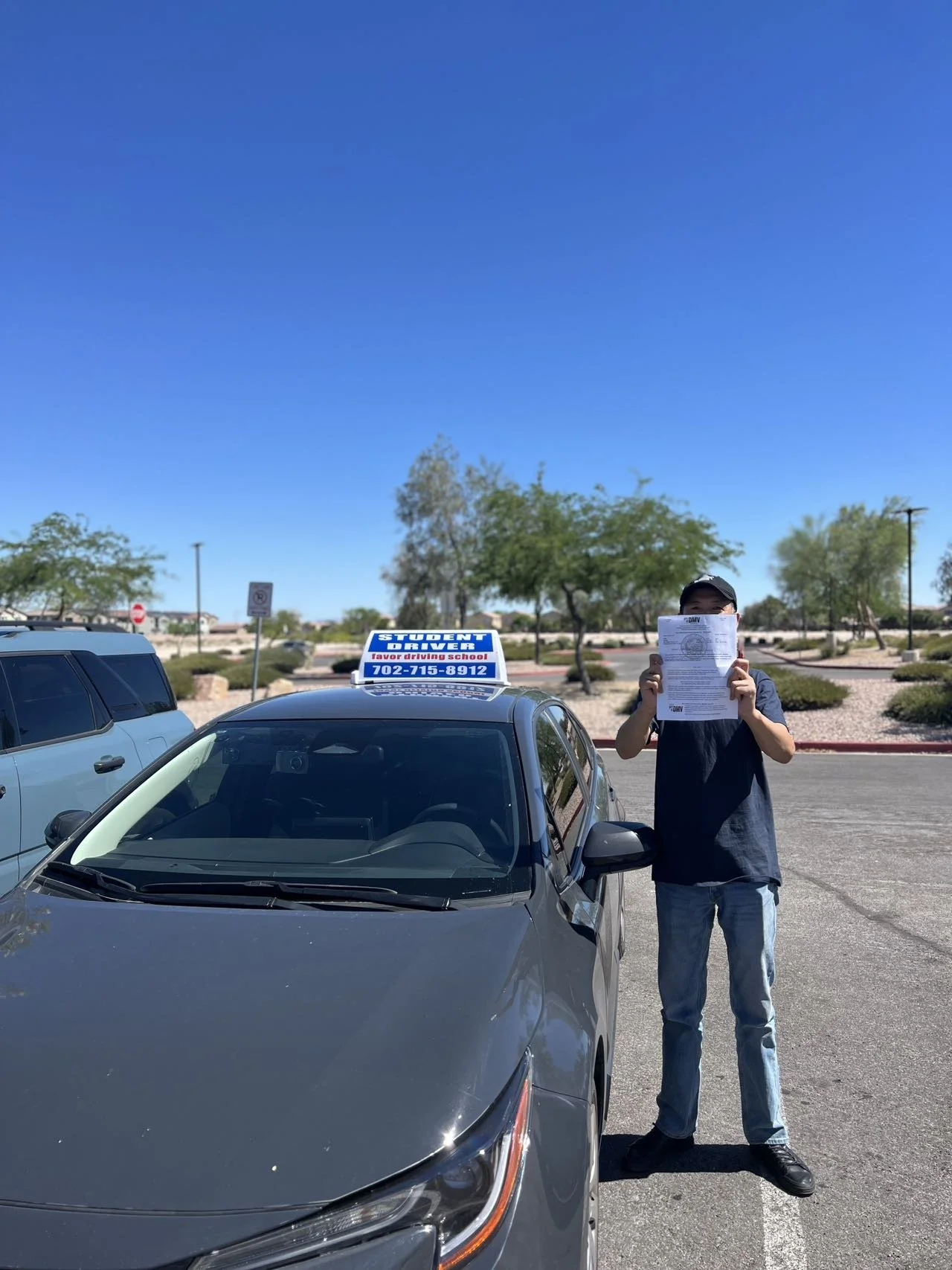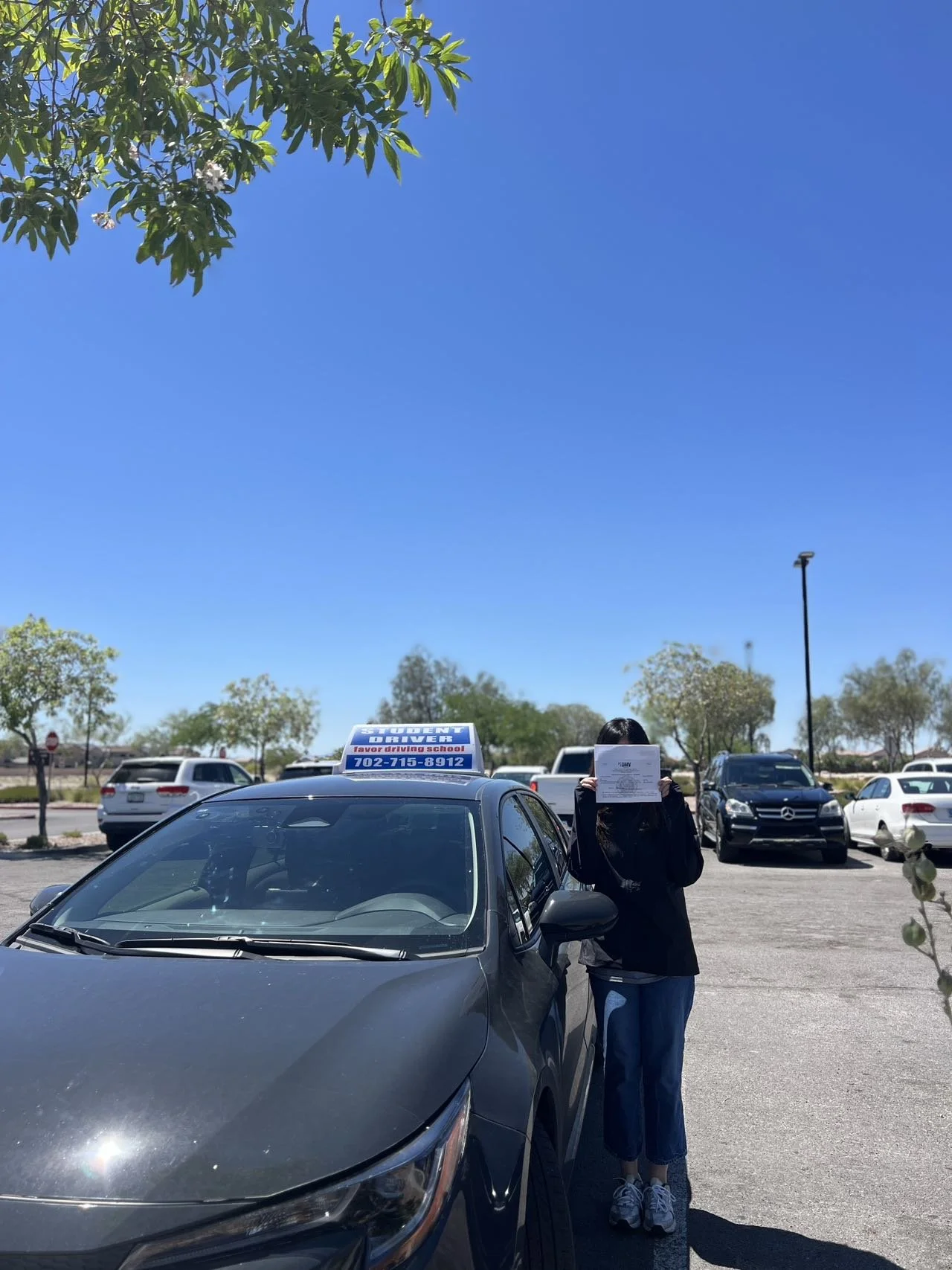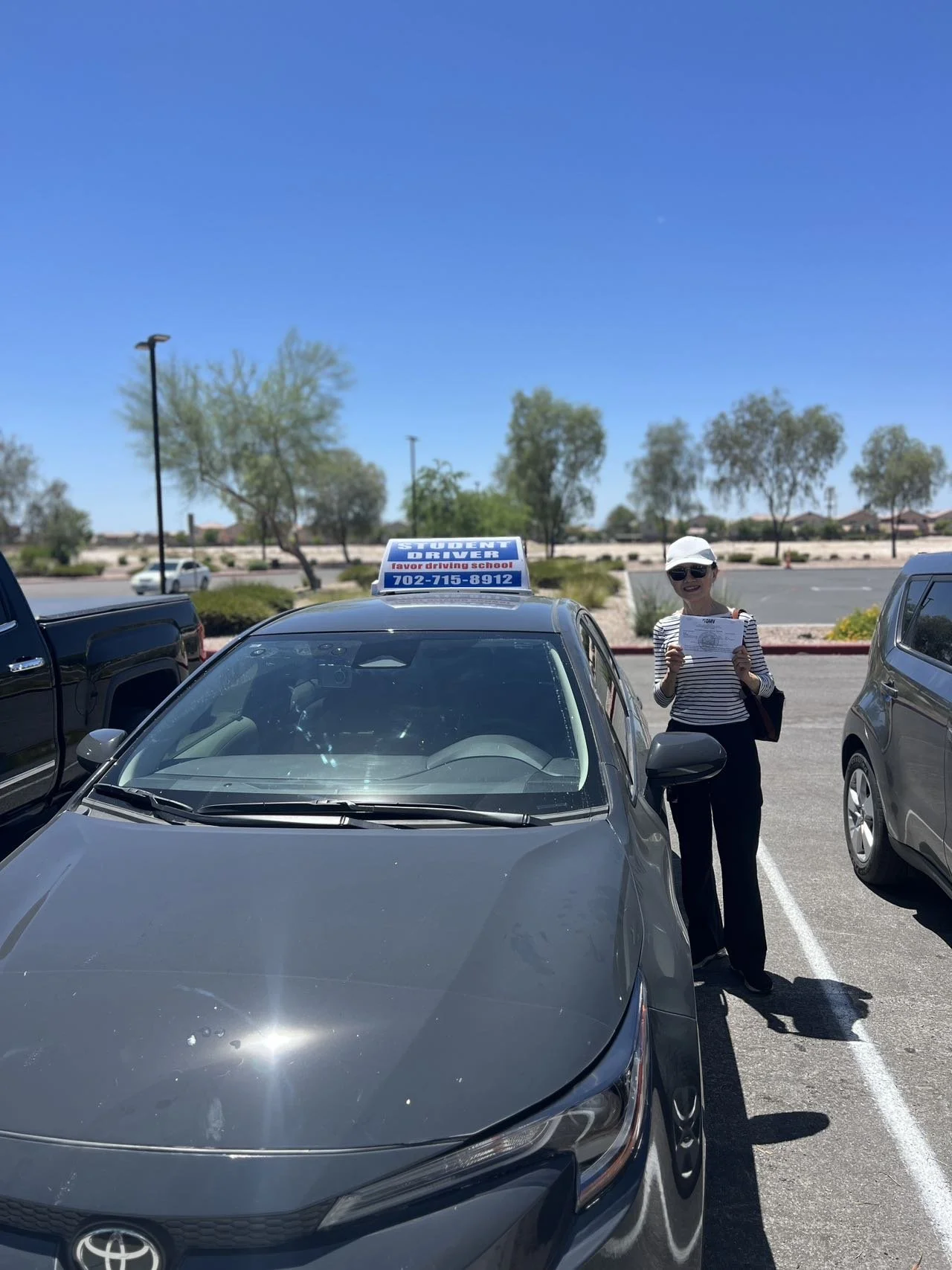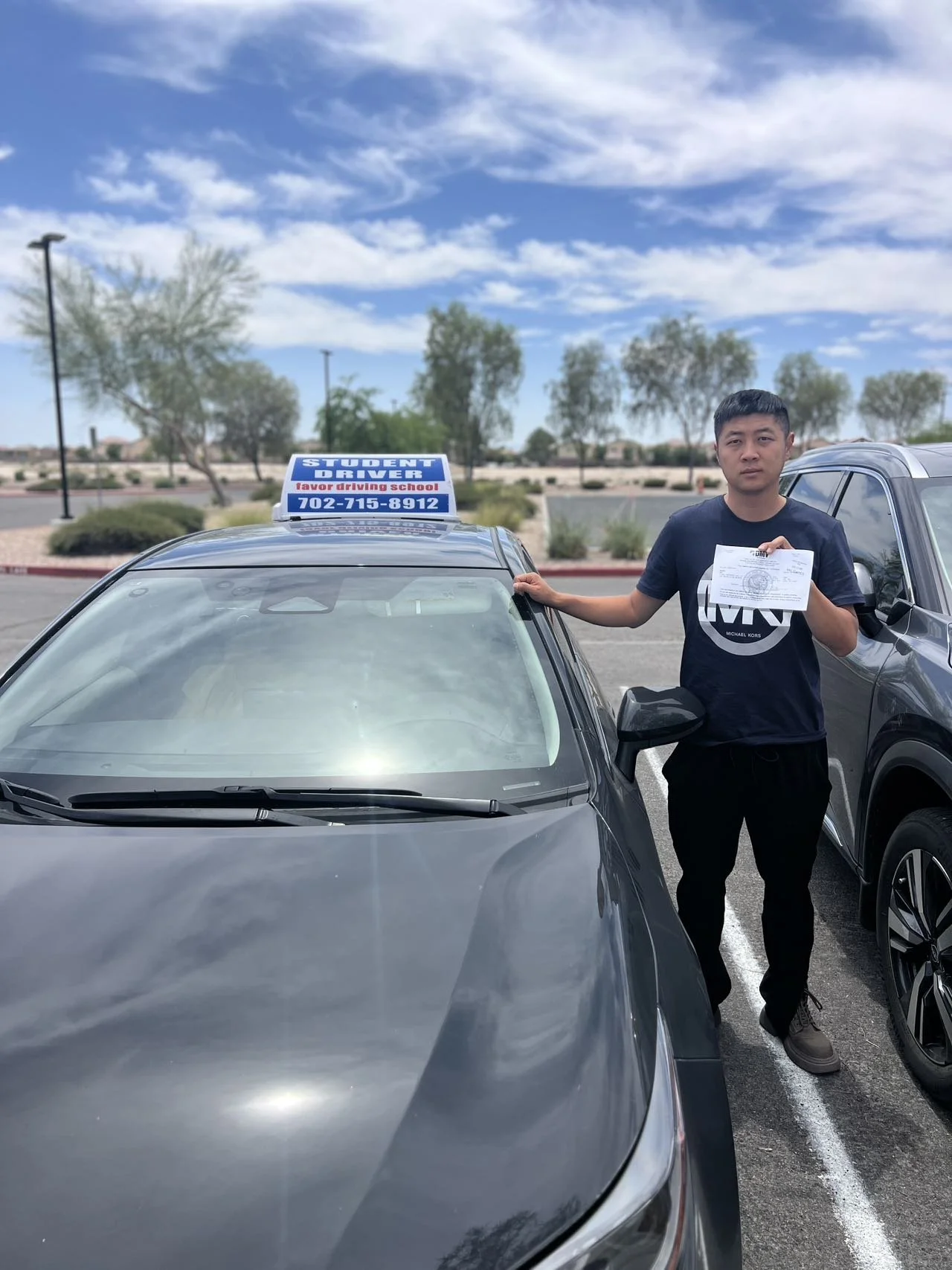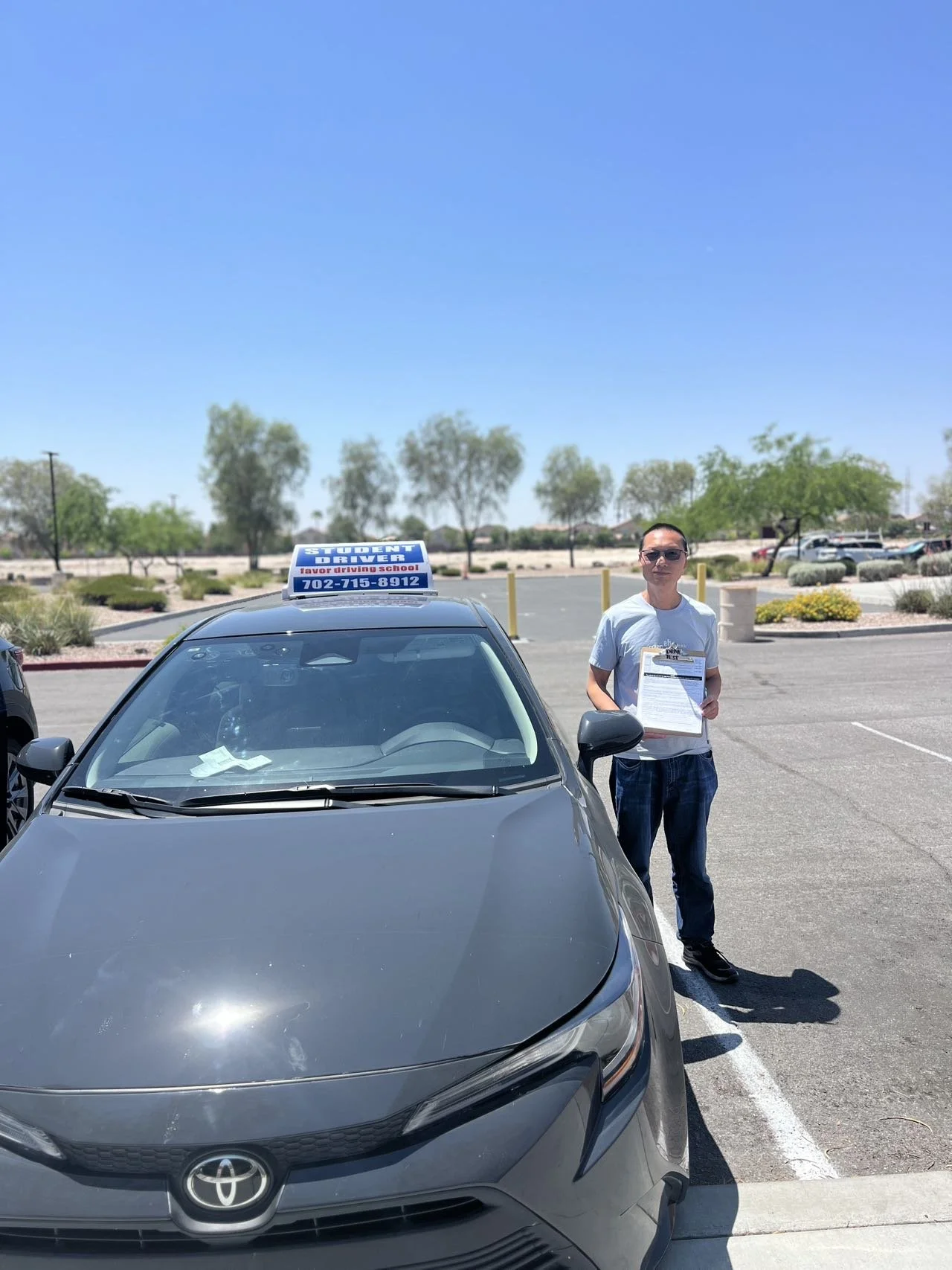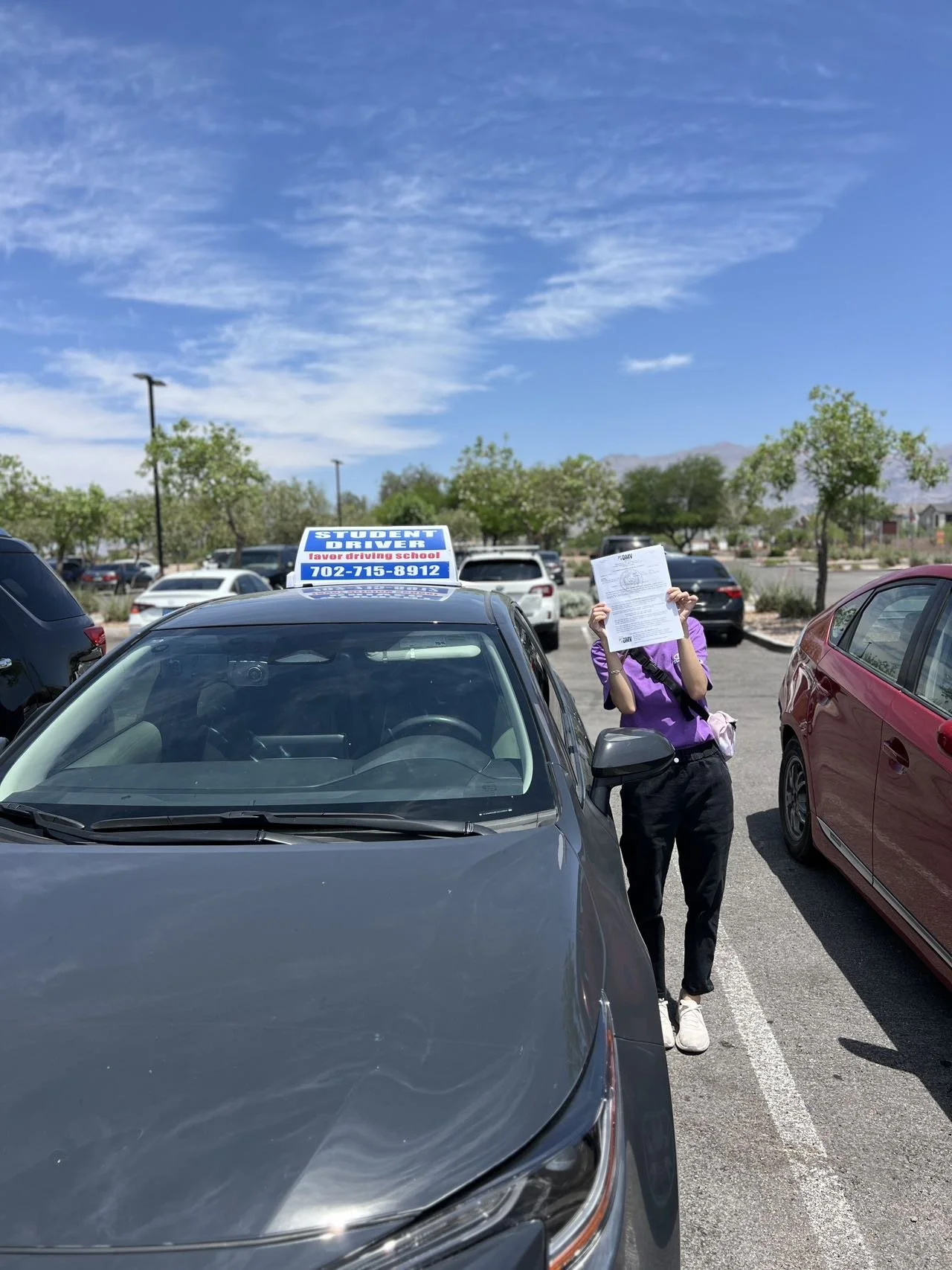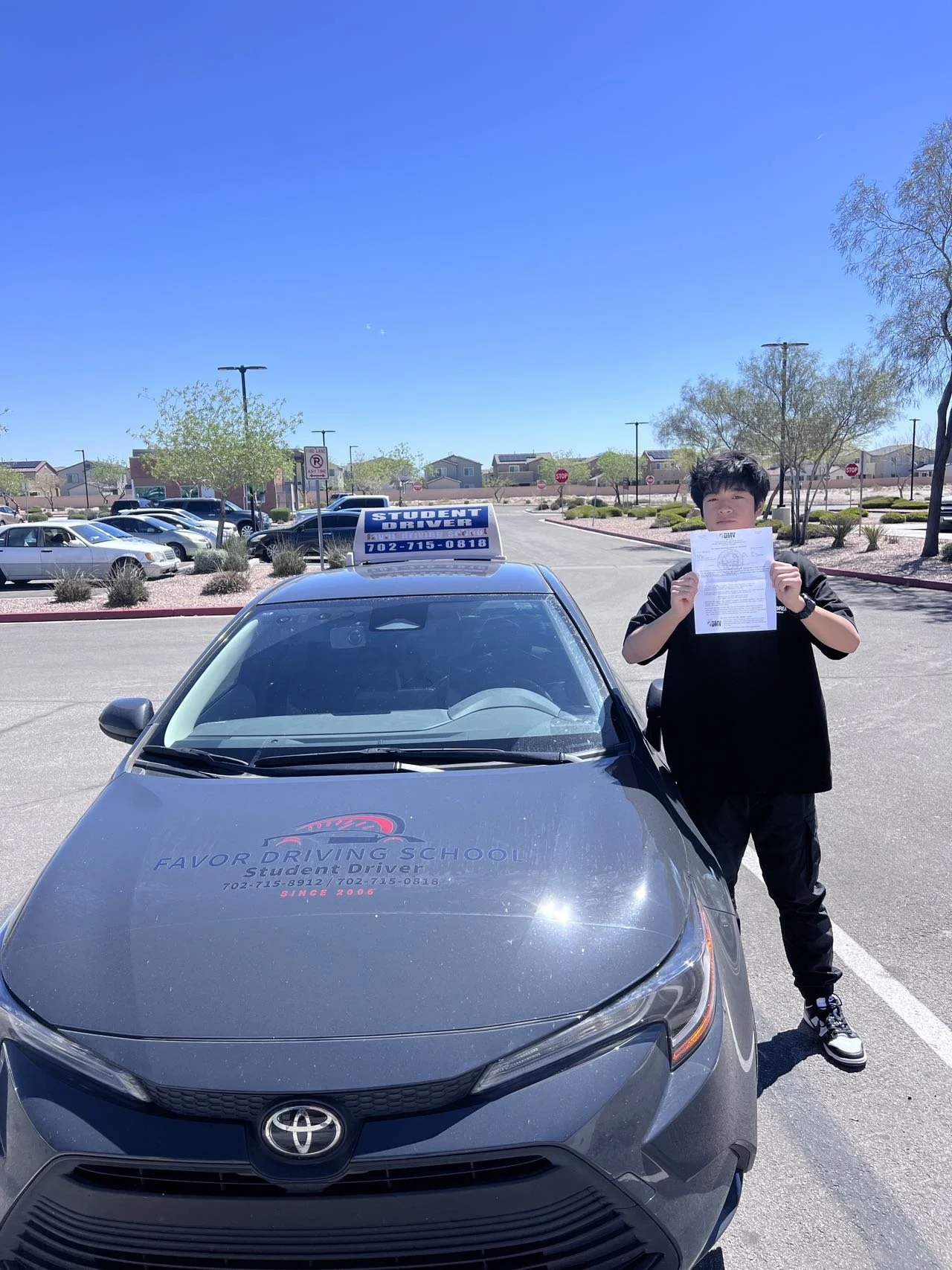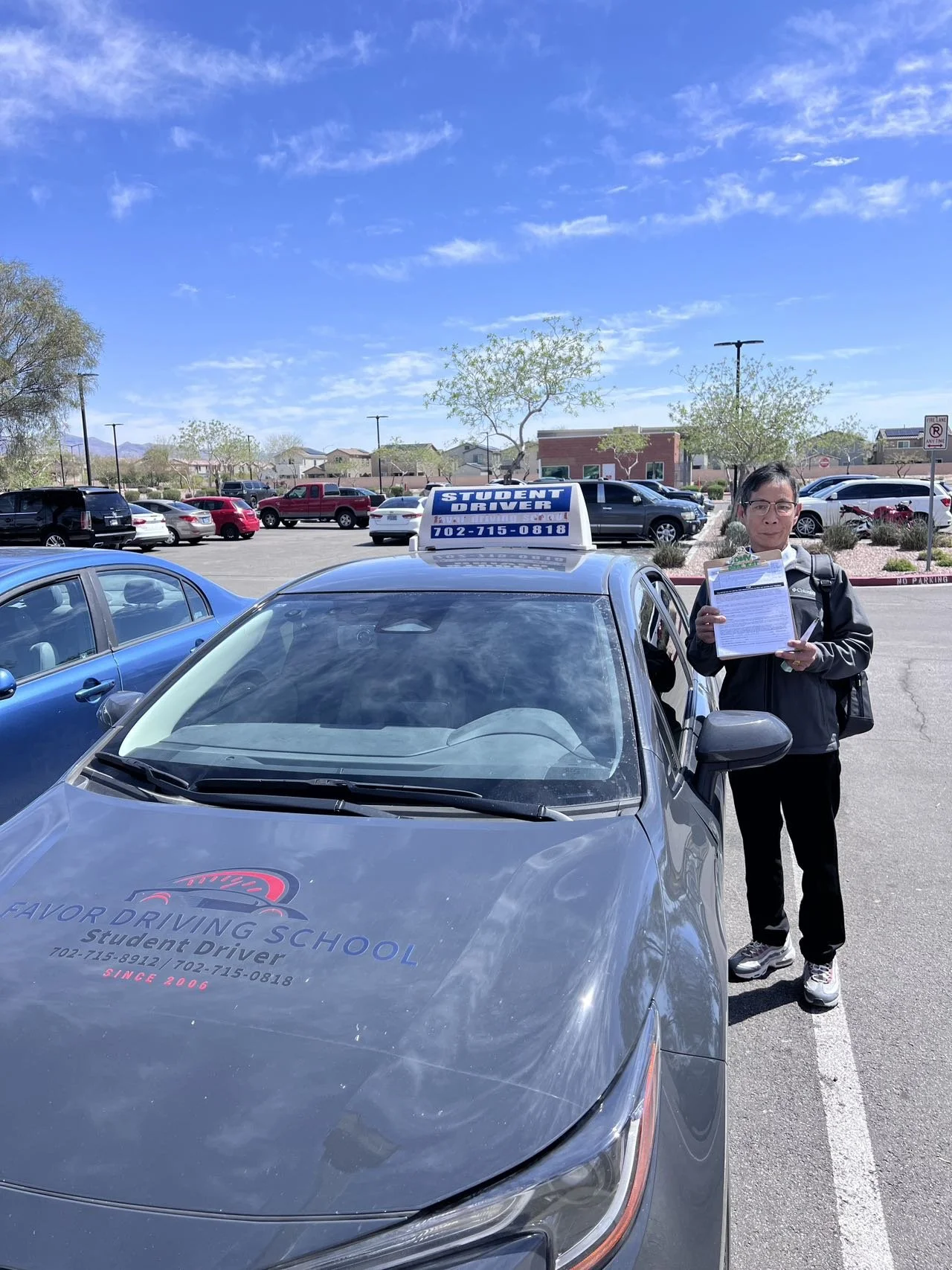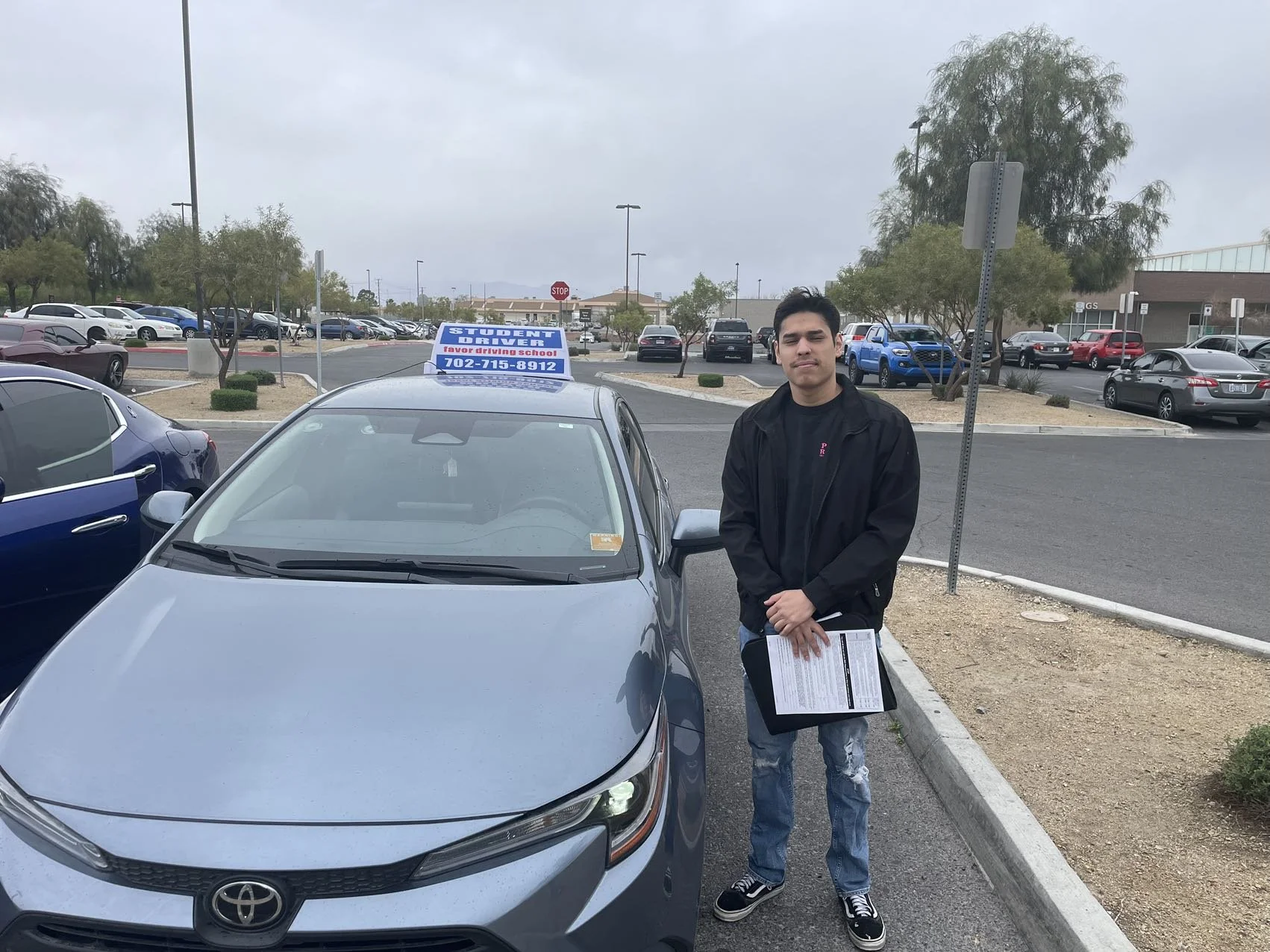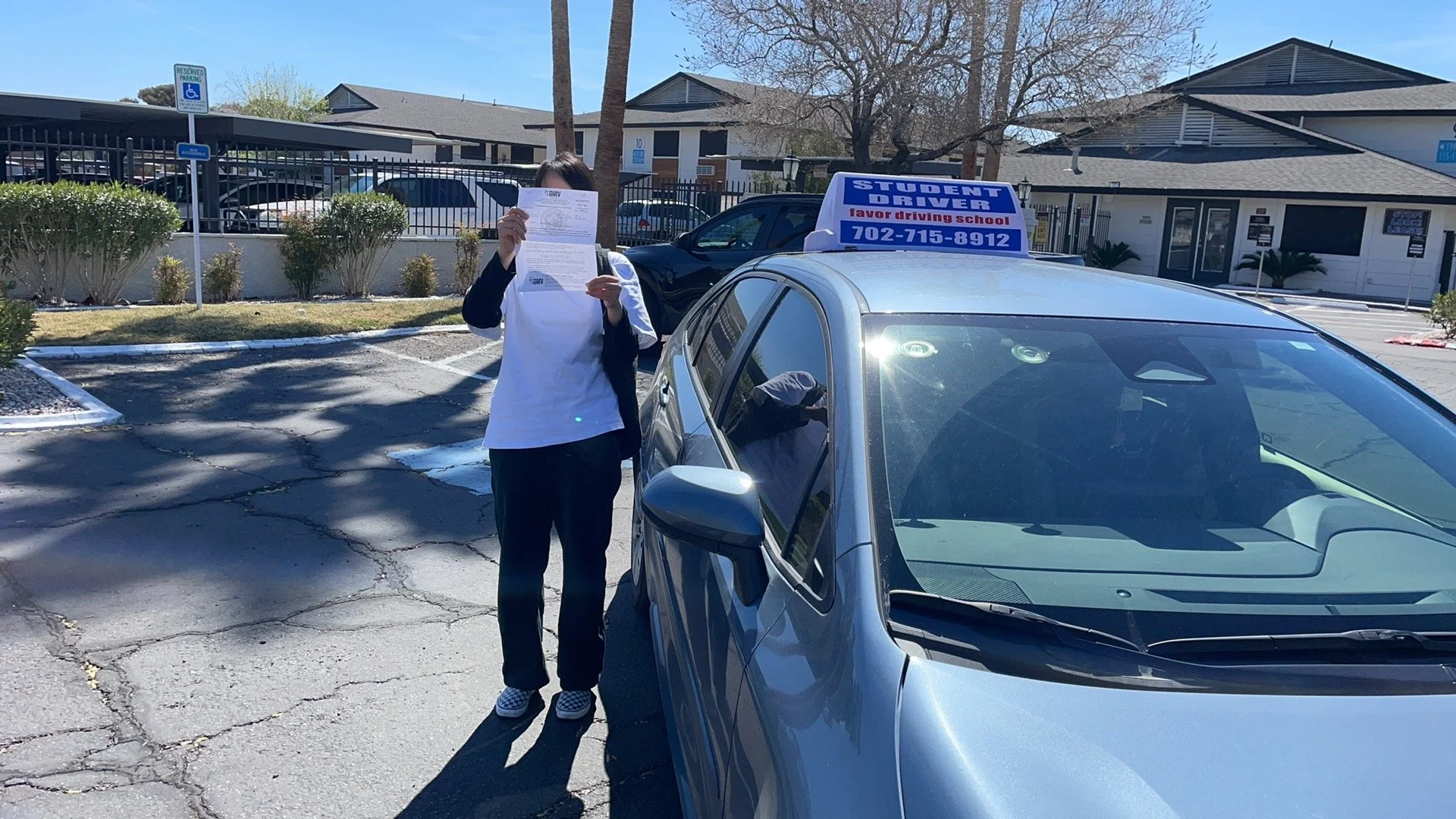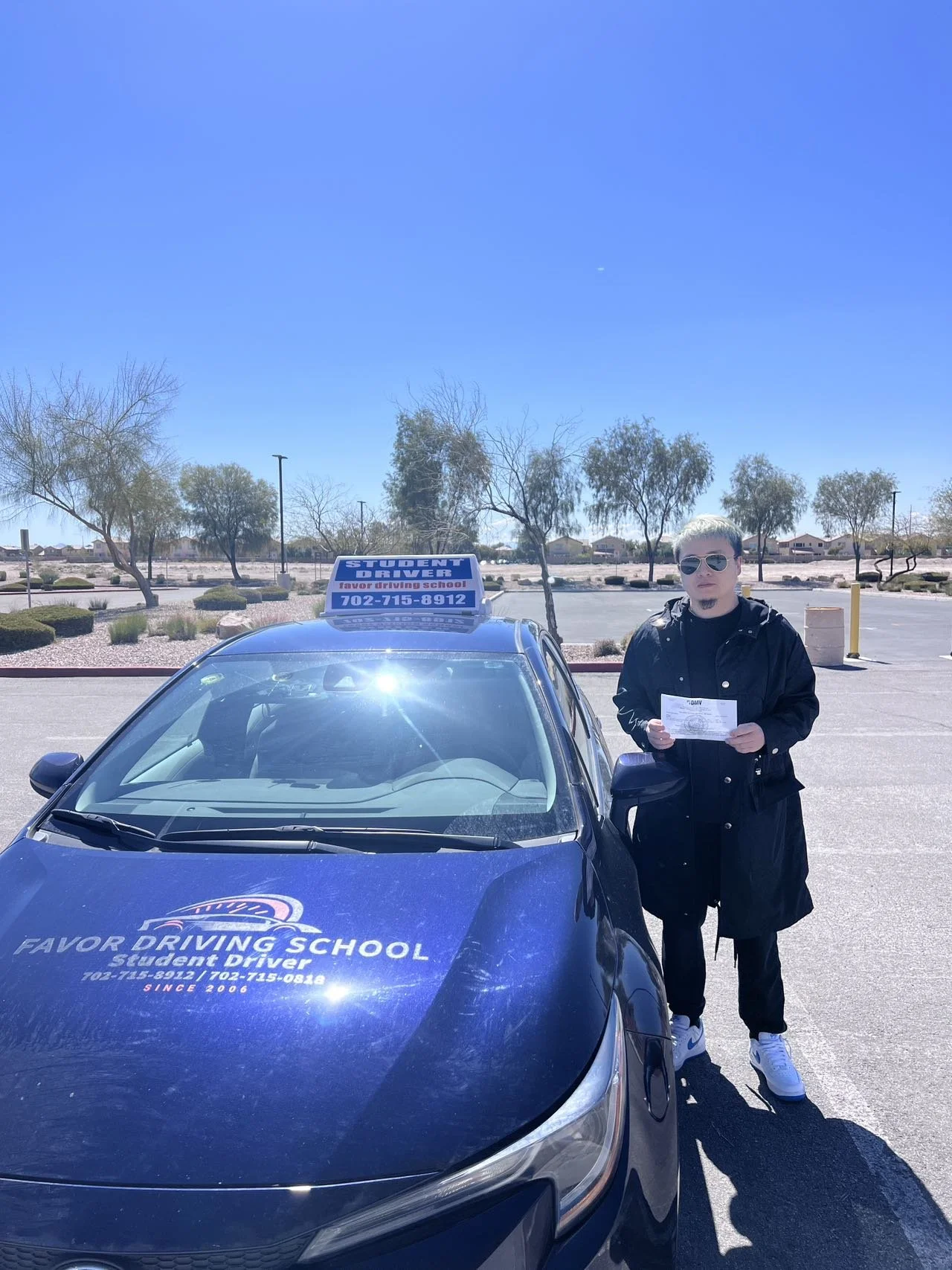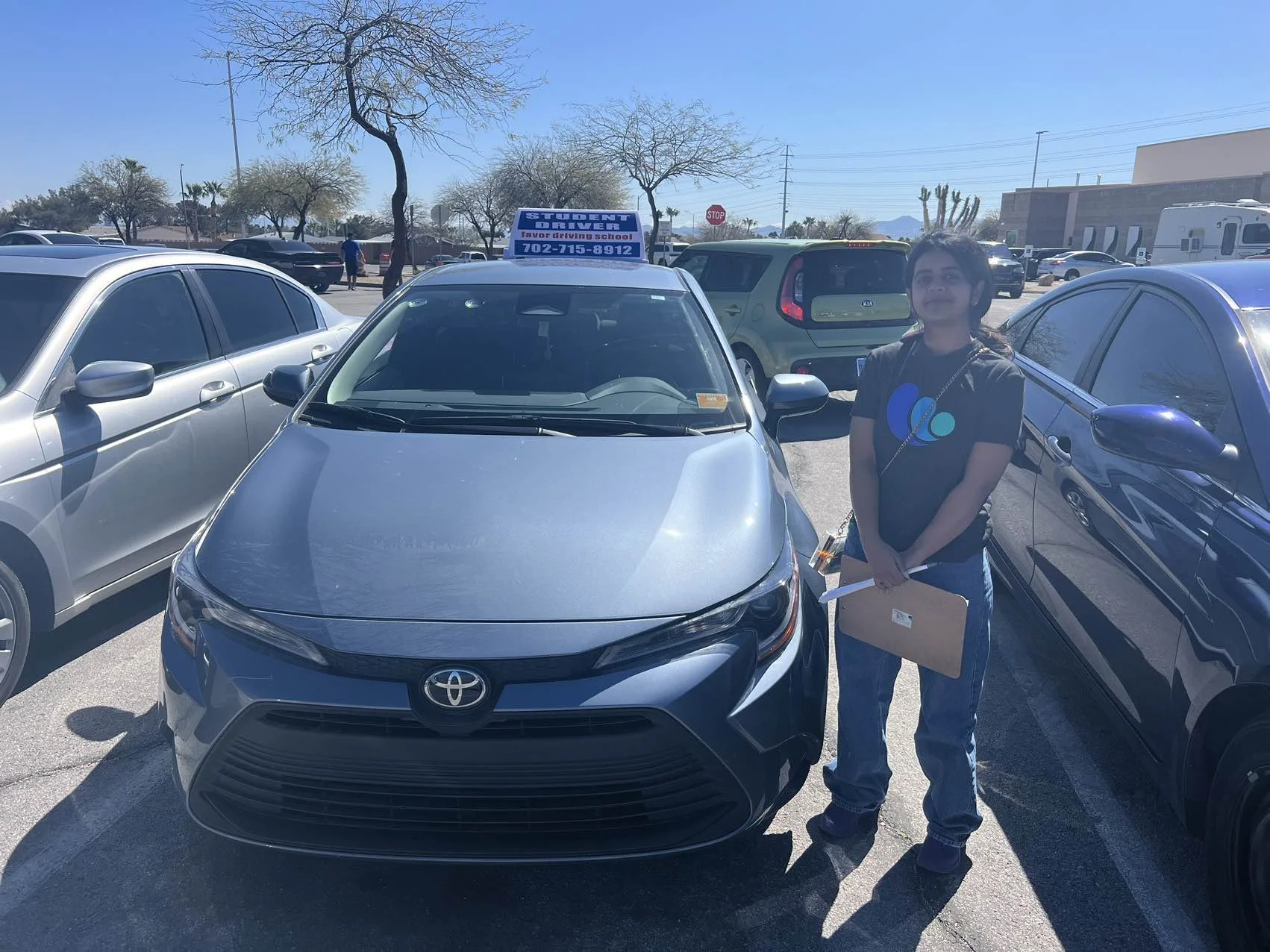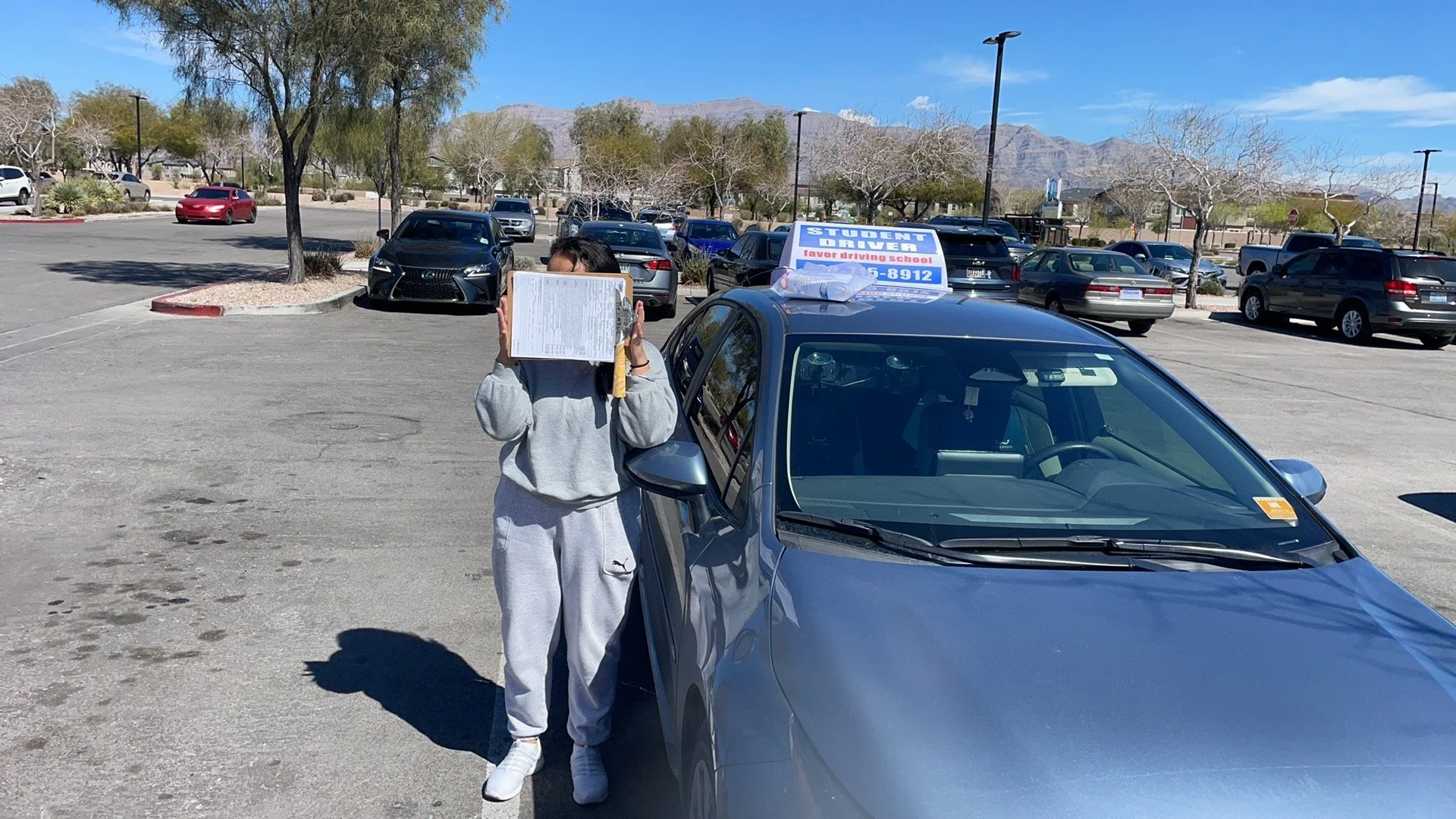learn to drive with confidence
80% successful student passing rate
Explore our top-rated services
Behind the Wheel Classes
(Two lessons per class)
$130
DMV Service
Including title transfer, vehicle registration and license plates
Knowledge Class
$120
Renting School Car
$200
Comprehensive Services
Age 18 to 40 Year Old Driving Package
$1299 - 2299
Discover the excellence of our courses
Age 40 Above Driving Package
$2800-5000
Elevating your learning to the next level
Popular
Popular
Under 18 Year Old 50 Hour Driving Lesson
$2600
Exceeding standards with precision
schedule a time for insurance quote!!
Driving Solutions
Embarking on a journey with us means embracing excellence in every drive. Our commitment to unparalleled service spans from theory to practice, ensuring your experience is second to none. Trust us with your driving needs, let's drive together.
Contact Us
Feel free to reach out to us with any inquiries or to schedule your next training session. We aim to provide a seamless experience, ensuring all your driving needs are met efficiently and professionally.




